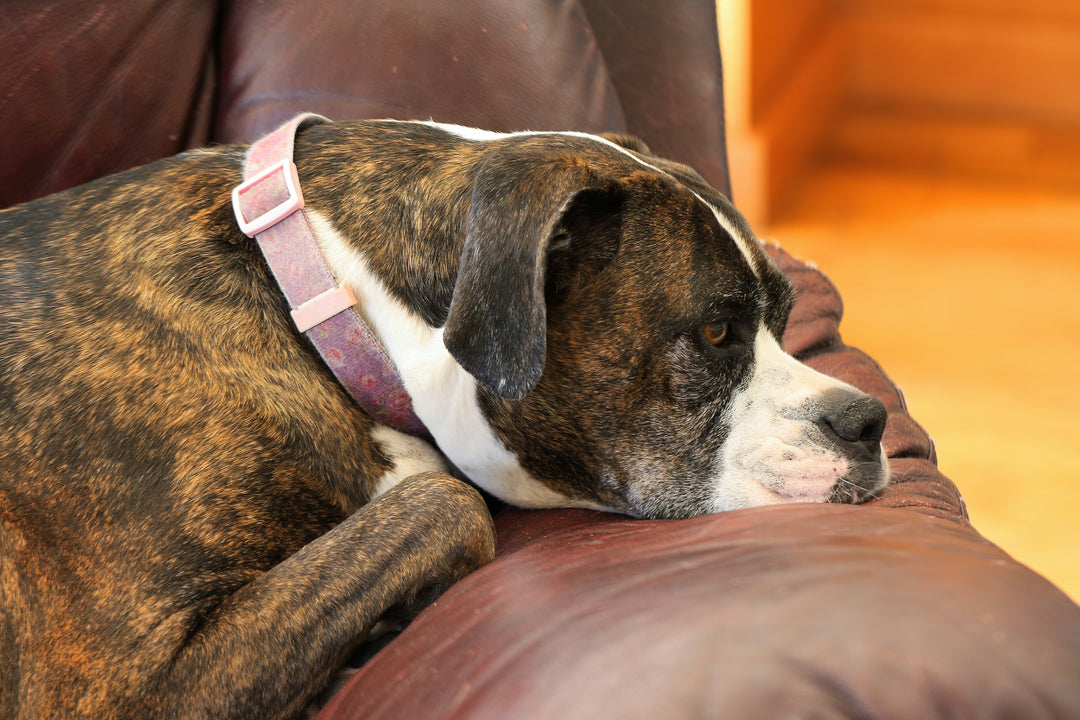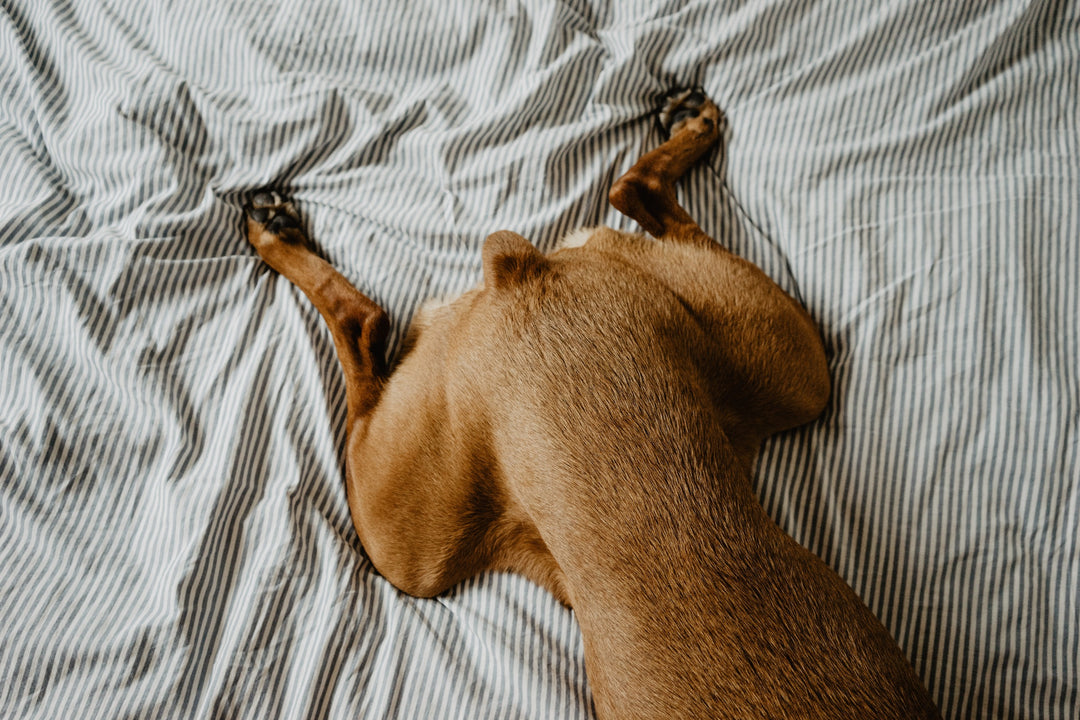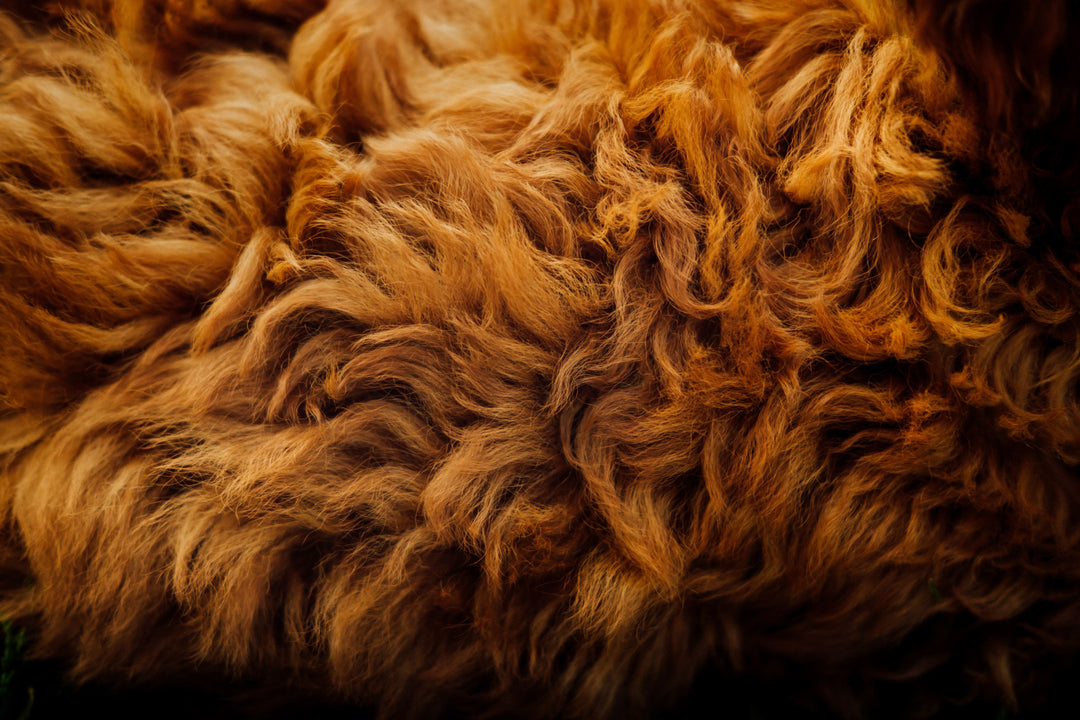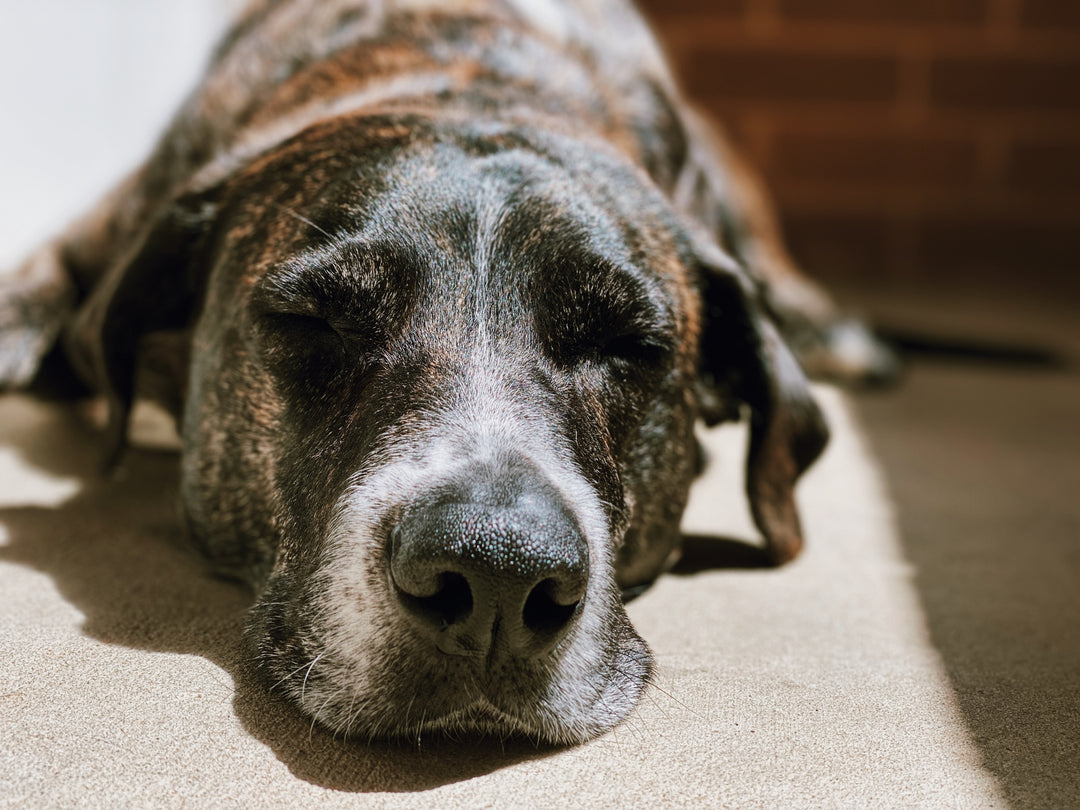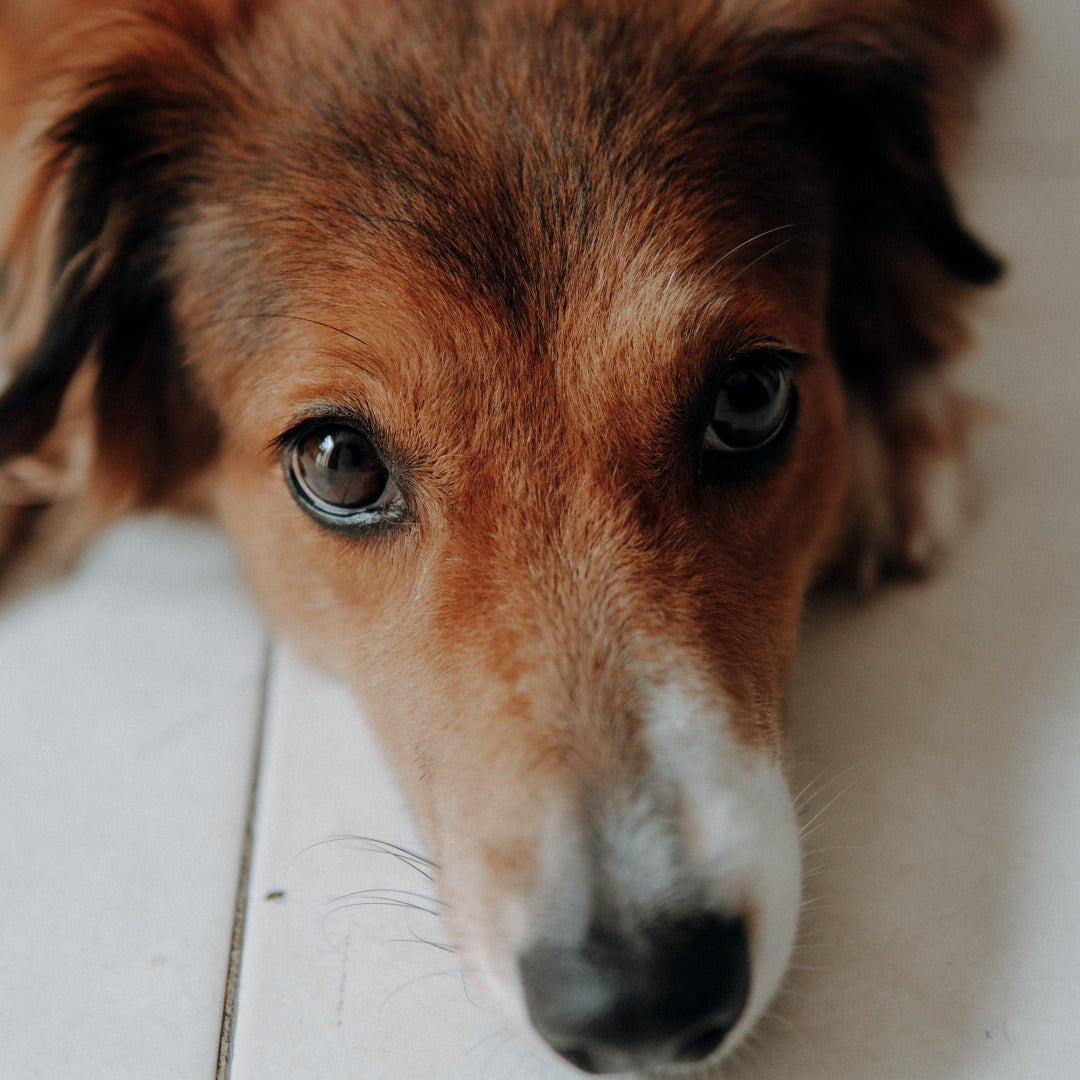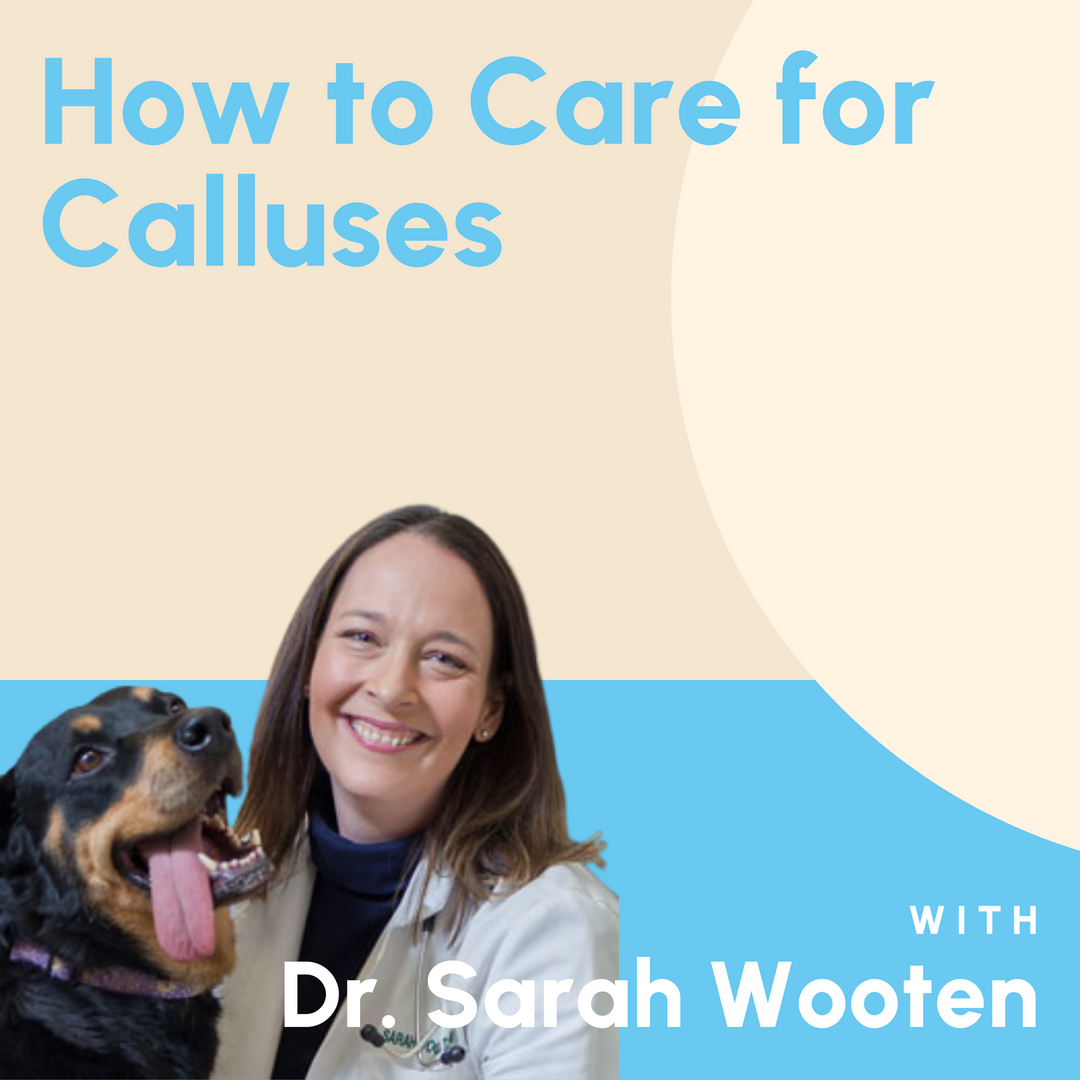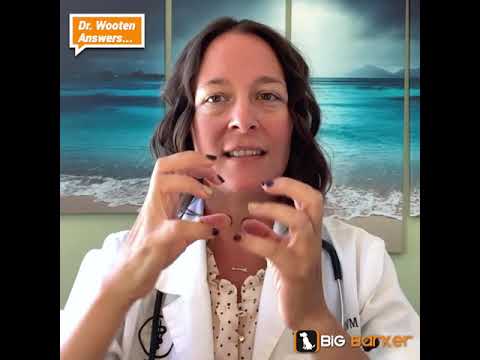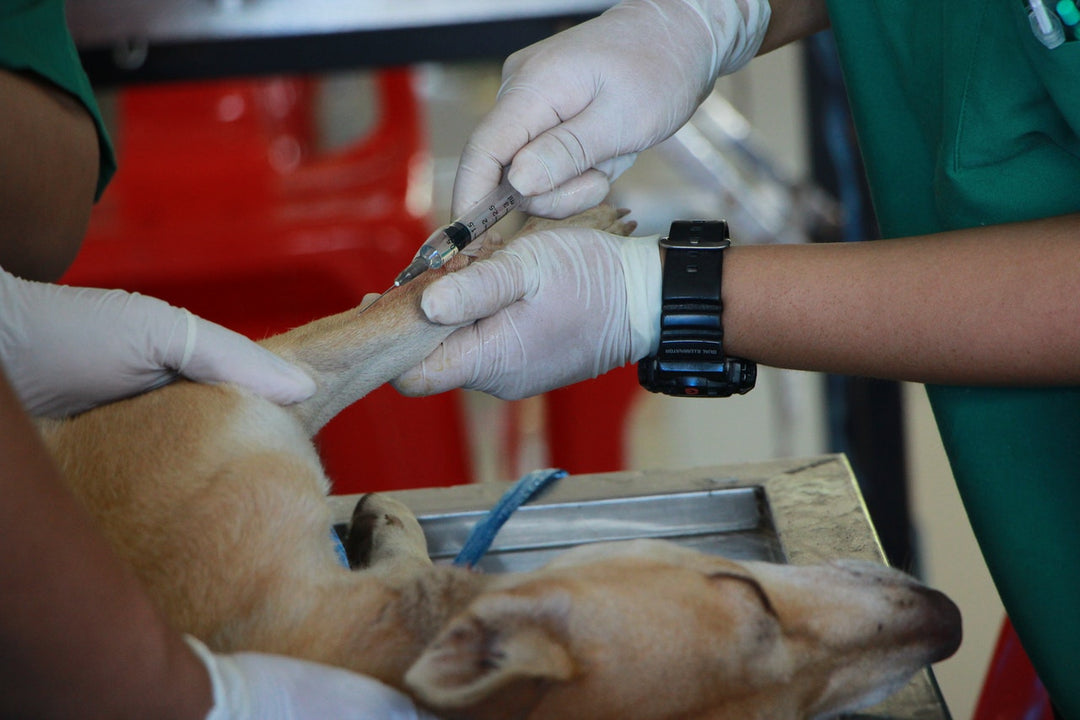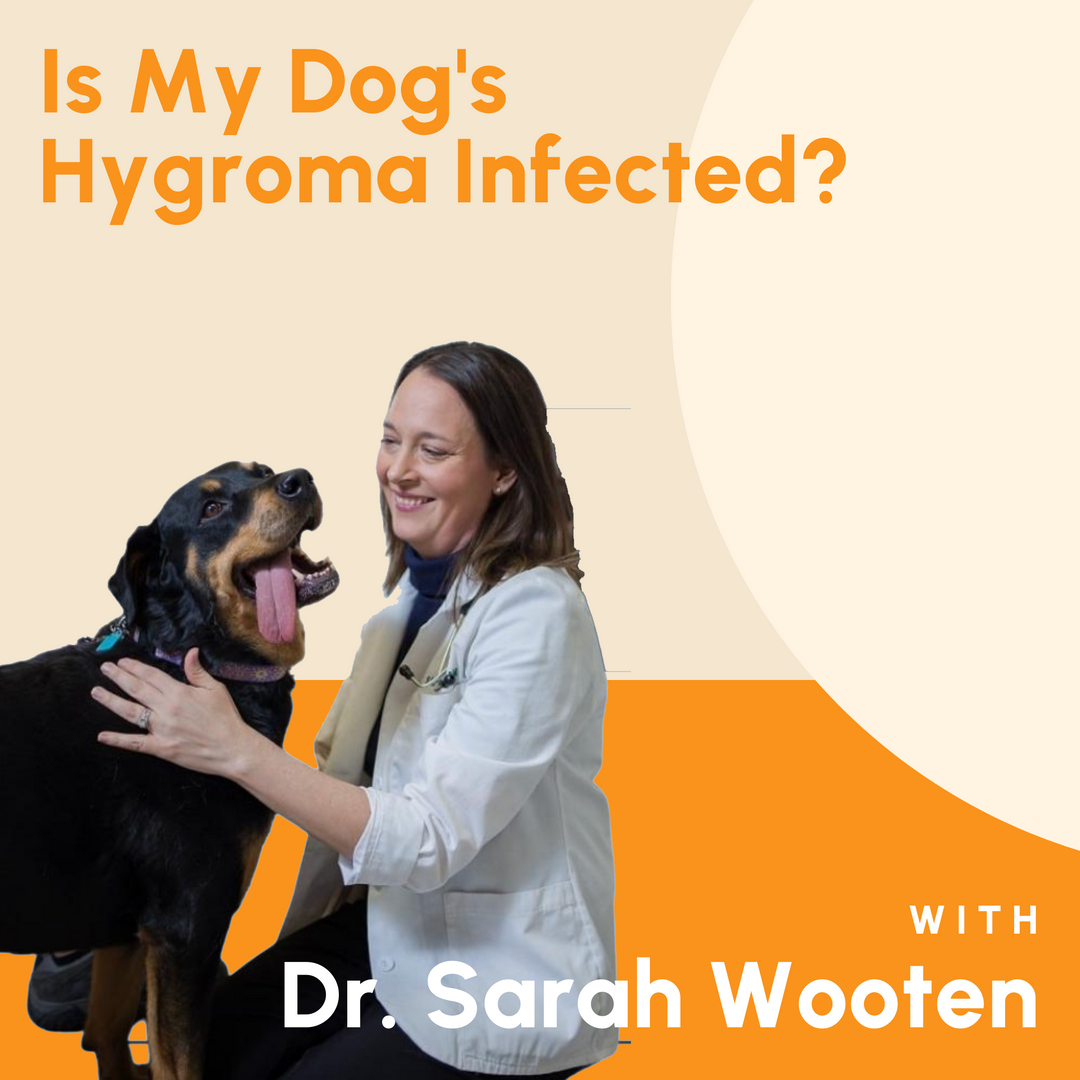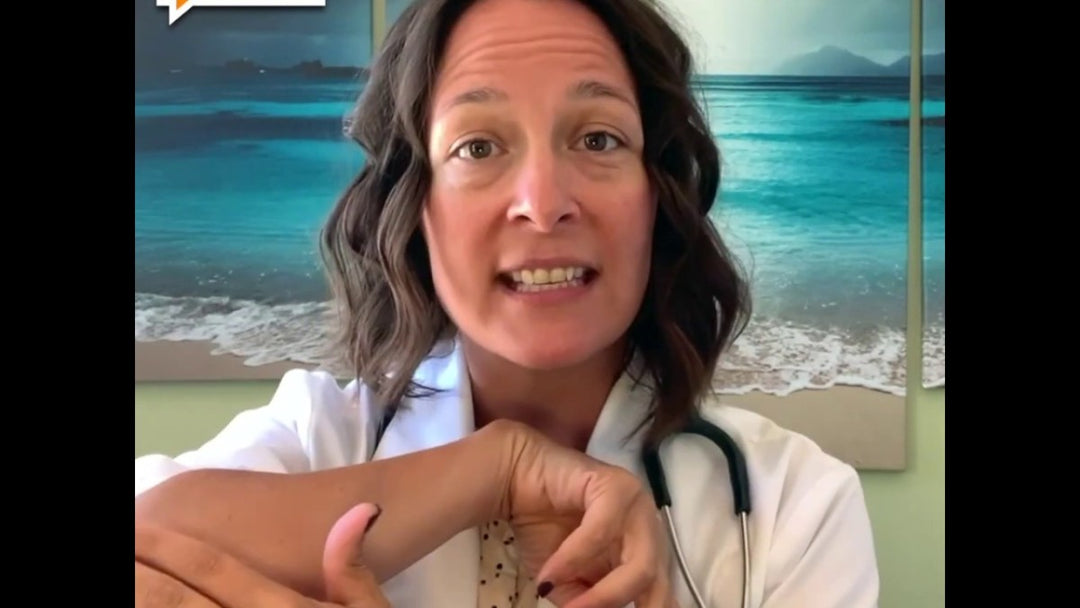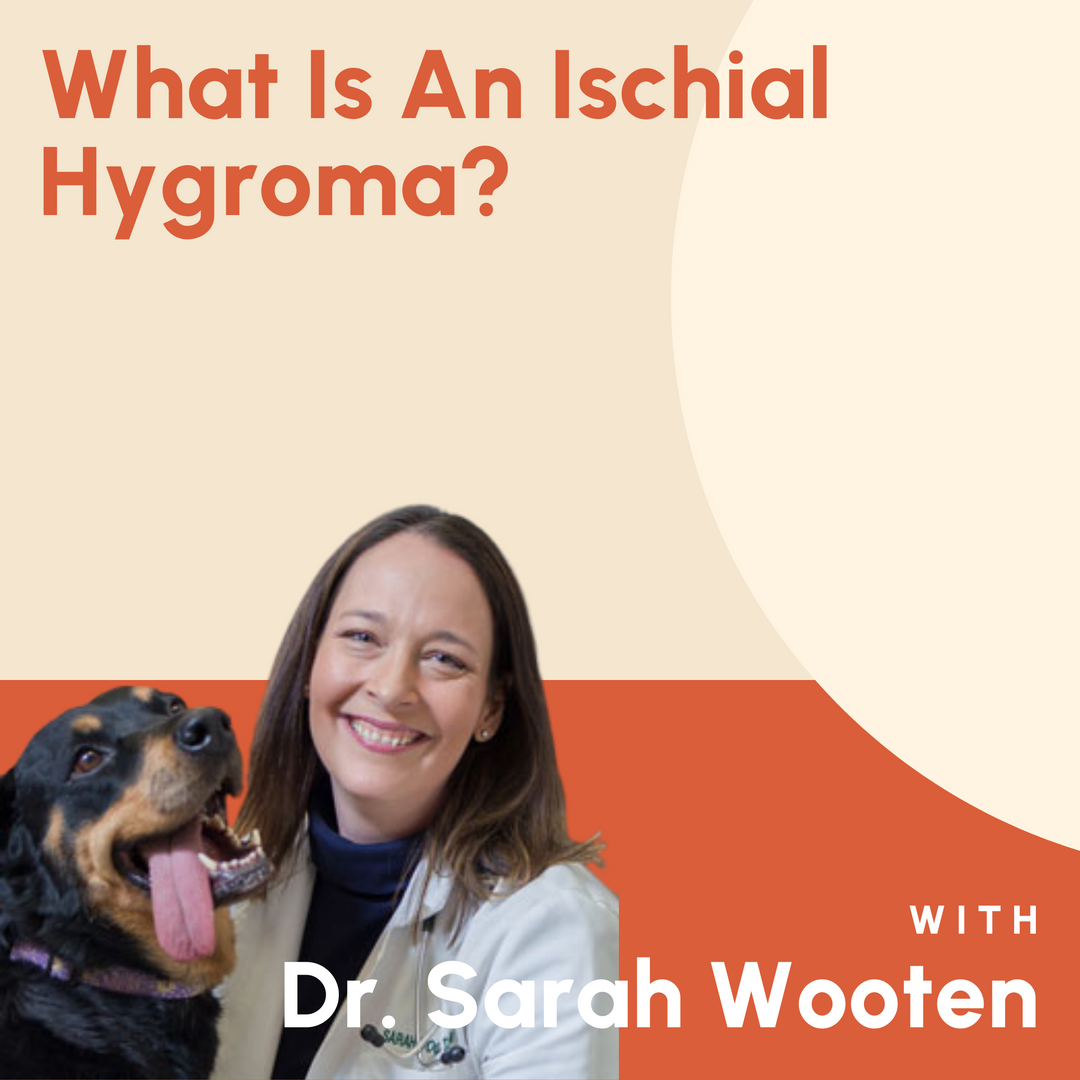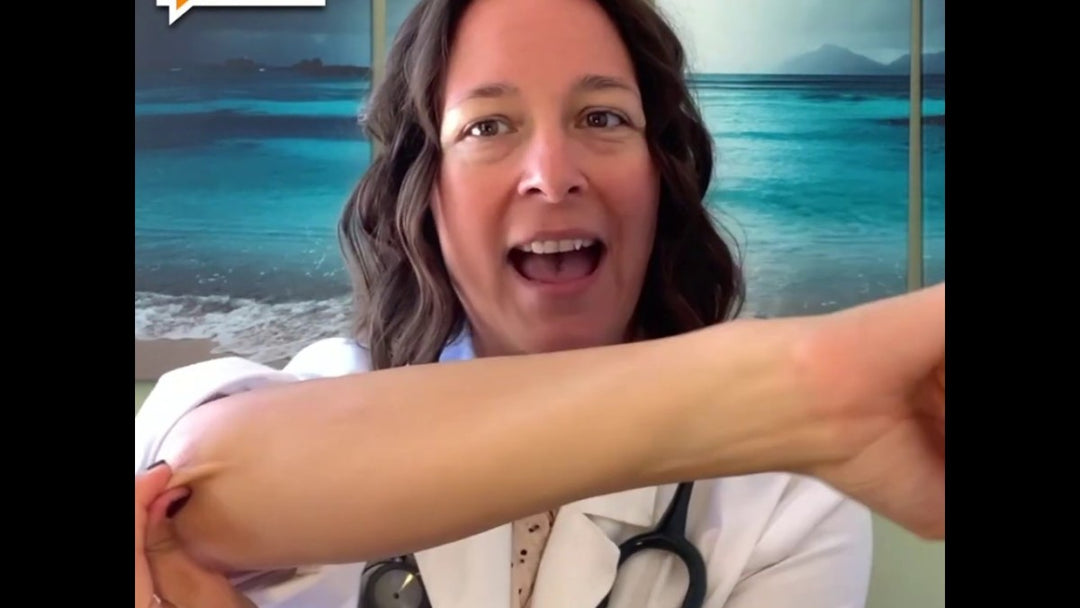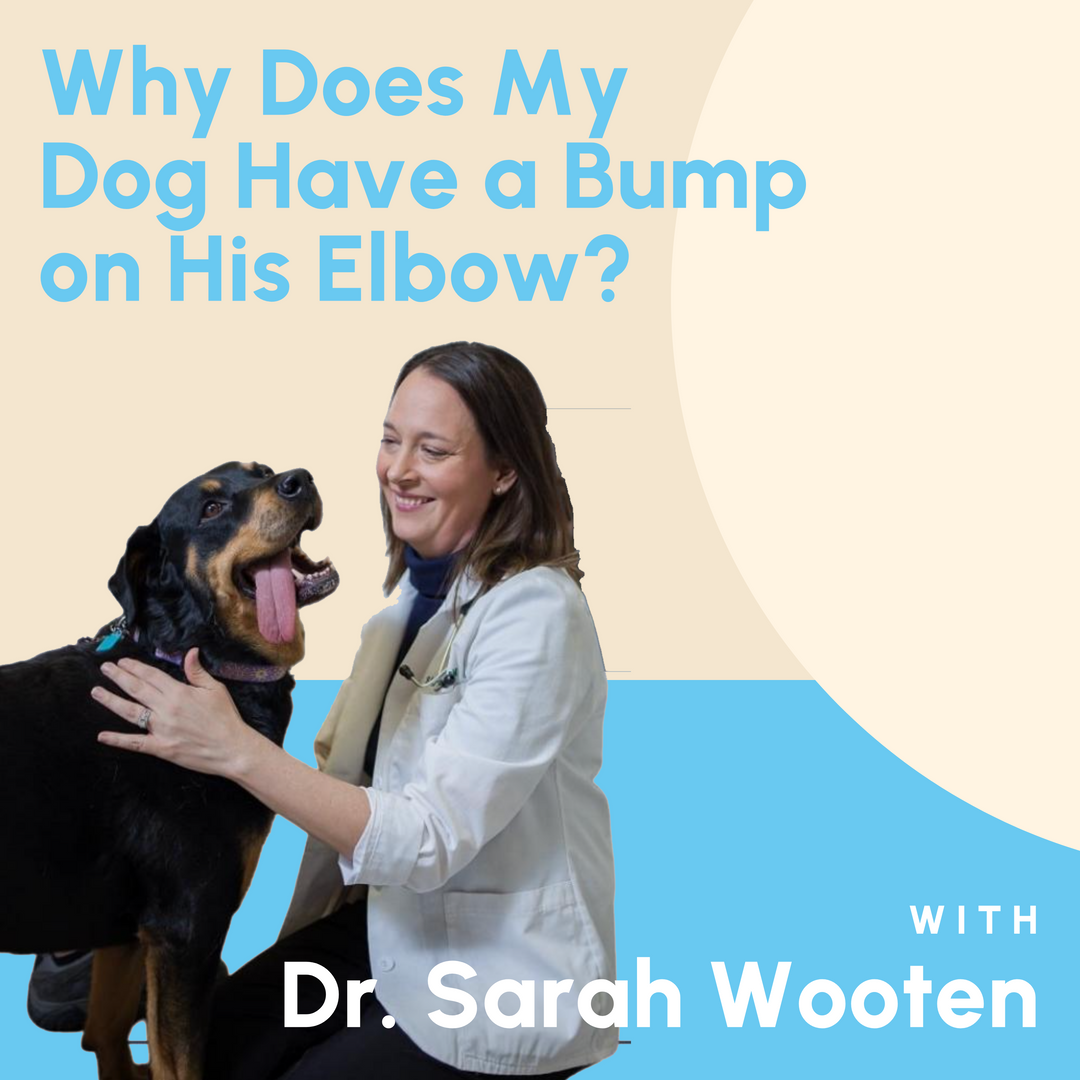Wellness
Anxiety can affect our four-legged friends just as it does humans. Dogs, like us, can experience stress and anxiety for various reasons. Whether it's due to separation, loud noises, new environments, or other triggers, managing anxiety in dogs is crucial...
Author: Dr. Jeremy, Veterinarian and Co-Founder of Jope Glucosamine: A Long-Established Joint Health Supplement Glucosamine, for years, has been the supplement cornerstone of canine joint health. It is lauded for its role in synthesizing glycoaminoglycans and proteoglycans, vital components...
Grooming your furry companion is not only about maintaining their appearance; it is an essential part of their overall health and well-being. Whether you have a pampered Poodle or a rugged Retriever, mastering the art of grooming will keep your...
As our faithful canine companions age, it's important to pay special attention to their mobility and joint health. Senior dogs are prone to conditions like arthritis and joint stiffness, which can significantly impact their quality of life. In this...
Stephen Cital is a Registered Veterinary Technician (RVT) and a Surgical Research Anesthetist (SRA) through the Academy of Surgical Research. Additionally, Stephen attained the Registered Laboratory Animal Technician (RLAT) and became one of the first Veterinary Cannabis Counselors (VCC) in the country. Stephen also serves...
If your dog has a callus on an elbow, you may be wondering how to take care of it and help it go away. Read about the 4 great tips that will help you learn how to care for calluses and help your dog feel more comfortable.
Watch as Dr. Sarah Wooten discusses if a long haired dog can get a hygroma.
Why do dogs choose to lay down on hard surfaces? I mean, it’s not very comfortable, right? But there they are, just laying down on the concrete or the tile or whatever.
If your dog has a callus and you’ve done some research on the internet, you may be wondering if this callus is going to turn into a hygroma, a fluid-filled pocket under the skin. The technical answer to the question, “Can calluses lead to hygromas?” is no. But, there’s a little more to the story. Read to learn more.
The treatment for hygroma is generally grouped into two big categories: nonsurgical therapy and surgical therapy. For dogs who need surgery they will often need medical therapy as well. But, if your dog’s hygroma is very small or not bothering the dog very much, then you may be safe in the nonsurgical therapy category.
If your dog has been diagnosed with a hygroma, you may be wondering about what signs may indicate that a hygroma is infected. Because an infected hygroma is not a happy hygroma.
So you’re looking at your dog, maybe at the elbow or the point of the hip, and you’re seeing something on the skin that is not quite right. And, you’re wondering, “What is this thing?” Maybe you’ve googled ‘hygroma’ and you’re wondering if that’s what this thing is or if it’s something else called a pressure sore. If you’re wondering how to tell the difference, it’s actually super simple! Watch this video to learn more.
If you’re reading this post, it’s likely because you’ve come across the term ischial hygroma while researching online. Or, your veterinarian said your dog has an ischial hygroma, and you’re thinking, “What the heck is this thing?”
The care you provide for your dog after hygroma surgery is as important to the success of that surgery as the surgery itself. With that in mind, here are the top 9 hygroma surgery aftercare tips.
What kinds of dogs get hygromas most? Do crossbreeds get hygromas more often? Or do purebreds get them more? These are great questions. And there’s a short and sweet answer, click here to learn more.
If your dog has a hygroma, you may be wondering, “When does a hygroma require surgery?” Well, how do you know if your dog needs surgery? Well, your best bet is to have a veterinarian look at your dog’s hygroma and give you their opinion. But, in general, here are some guidelines.
Say you’re petting your dog and you notice a bump on the elbow that wasn’t there before and you’re wondering, “What is this thing and why is it here?” “Why does my dog have a bump on his elbow?” Well, there can be a lot of different reasons – here the 6 most common reasons.
